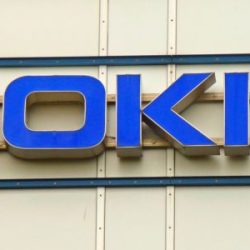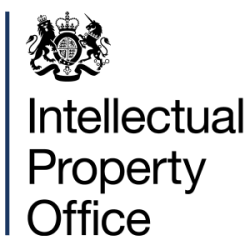Last week, the Enlarged Board of Appeal (EBoA) issued their decision G1/19, which concerns the conditions under which computer-implemented simulations might meet the criteria for European patent protection.
This was a highly anticipated decision which has attracted a large amount of industry attention, as demonstrated by the 24 amicus curiae briefs filed by third parties.
Background
 The origins of G1/19 lie in T489/14, which is an interlocutory decision by a Technical Board of Appeal of the EPO.
The origins of G1/19 lie in T489/14, which is an interlocutory decision by a Technical Board of Appeal of the EPO.
T489/14 was concerned with “a computer-implemented method of modelling pedestrian crowd movement in an environment.” The Board handling this case was minded to refuse the patent application, since they believed that the only “technical” feature was a computer, and that the computer did not solve any technical problem in a non-obvious manner, when considered alone or in combination with the remaining features of the claimed invention (i.e. in combination with the method of modelling). However, it was recognized that their reasoning appeared to contradict that of another decision T1227/05 (“Infineon”) which is referenced in the EPO Guidelines (G-II 3.3.2).
In order to resolve the discrepancy with Infineon, the following questions were referred to the Enlarged Board of Appeal:
Q1. In the assessment of inventive step, can the computer implemented simulation of a technical system or process solve a technical problem by producing a technical effect which goes beyond the simulation’s implementation on a computer, if the computer-implemented simulation is claimed as such?
Q2. [Q2A] If the answer to the first question is yes, what are the relevant criteria for assessing whether a computer-implemented simulation claimed as such solves a technical problem? [Q2B] In particular, is it a sufficient condition that the simulation is based, at least in part, on technical principles underlying the simulated system or process?
 Q3. What are the answers to the first and second questions if the computer-implemented simulation is claimed as part of a design process, in particular for verifying a design?
Q3. What are the answers to the first and second questions if the computer-implemented simulation is claimed as part of a design process, in particular for verifying a design?
In sum, these questions effectively requested guidance regarding the criteria under which a computer-implemented simulation might be considered “technical.”
The Decision
In answer to the questions outlined above, G1/19 closely followed the EPO’s existing COMVIK approach for assessing patent eligibility of computer programs, with answers to the specific questions being as follows:
- In relation to Q1, computer-implemented simulations are potentially patentable
- In relation to Q2A, no answer was provided, on the basis that an answer to this question was not required, and also because it would “never” be possible to give an exhaustive list of criteria for assessing whether a computer-implemented simulation claimed as such solves a technical problem.
- In relation to Q2B, it is neither a sufficient nor a necessary condition for a simulation to be based, at least in part, on technical principles that underlie the simulated system or process (in order for the simulation to be patentable)
- In relation to Q3, there is no need to treat simulations differently simply because the simulation is part of a design process
Conclusions
The decision makes it clear that computer simulations can be patented at the EPO, but that such simulations must meet the same patentability requirements as any other computer-implemented invention. This means that in order for a computer simulation to be patented at the EPO, it must be seen as patentable under the EPO’s existing COMVIK approach.
As such, G1/19 confirms the primacy of the COMVIK approach at the EPO, when it comes to assessing the patentability of any computer-implemented invention (including, but not limited to, simulations).
G1/19 seems unlikely to lead to a huge change in practice at the EPO. Nonetheless, it is useful to have a decision from the highest level appeal board at the EPO which makes it clear (i) that simulations are patentable at the EPO, and (ii) that it is not necessary for a simulation to be based on technical principles that underlie the simulated system in order for patent protection to be obtained at the EPO.











